News
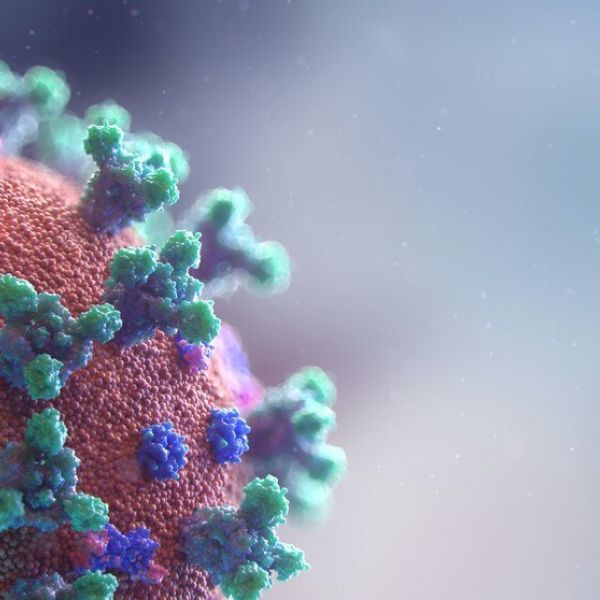
Jul 08, 2021
Fighting COVID with COVID
What if the COVID-19 virus could be used against itself? Researchers at Penn State have designed a proof-of-concept therapeutic that may be able to do just that. The team designed a synthetic defective SARS-CoV-2 virus that is innocuous but interferes with the real virus’ growth, potentially causing the extinction of both the disease-causing virus and the synthetic virus.
Full Article

Jun 30, 2021
Claude dePamphilis named Huck Chair in Plant Biology and Evolutionary Genomics
Claude dePamphilis, Penn State Professor of Biology, has been named the Dorothy Foehr Huck and J. Lloyd Huck Distinguished Chair in Plant Biology and Evolutionary Genomics by the Huck Institutes of the Life Sciences.
Full Article
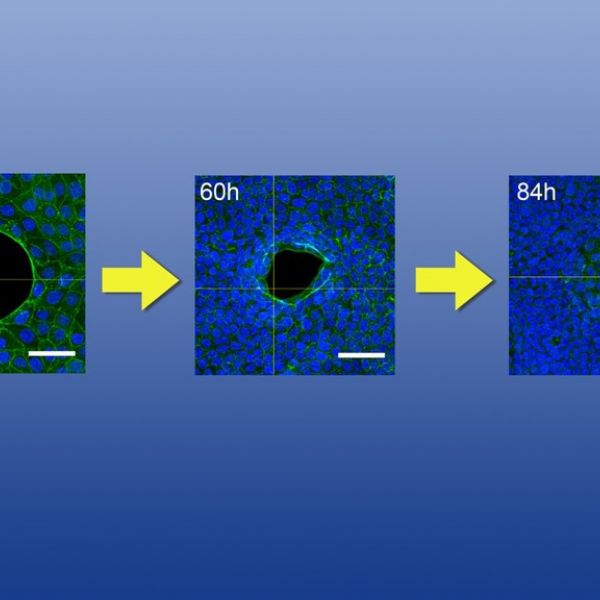
Jun 14, 2021
New tissue-closure model may aid in promotion of faster wound healing
The observation of a previously undetected biological mechanism for closing gaps in living tissue improves basic understanding of the wound-healing process and may one day inform strategies to speed healing after surgery.
Full Article
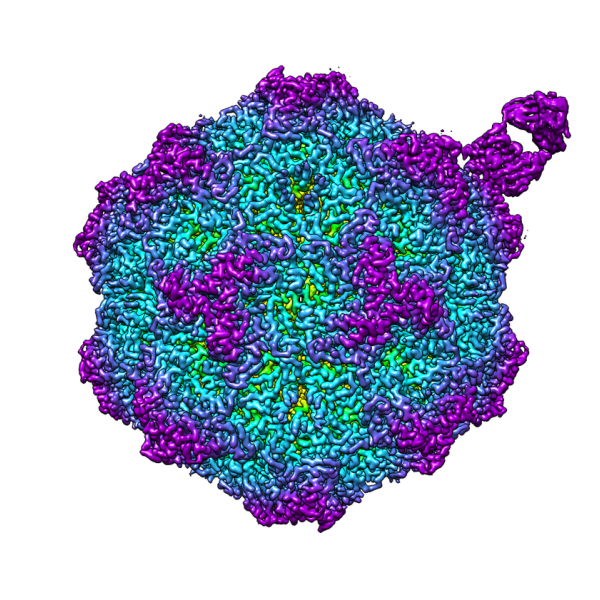
Jun 03, 2021
New images of canine parvovirus may help predict how virus jumps to new species
Canine parvovirus (CPV) is a highly infectious pathogen that causes severe diseases in unvaccinated dogs, including inflammation of the heart and acute gastrointestinal illness. Originating in cats, the virus is a rare example of a DNA-based virus that can jump between species, and a team of researchers’ discovery may help in predicting this and the virus’ ability to evolve, which could have implications for current vaccines used in dogs.
Full Article
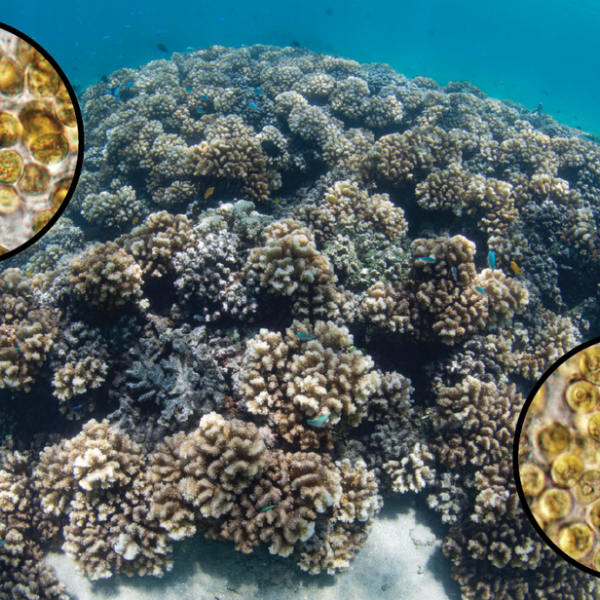
May 27, 2021
Widespread coral-algae symbioses endured historical climate changes
One of the most important and widespread reef-building corals, known as cauliflower coral, exhibits strong partnerships with certain species of symbiotic algae, and these relationships have persisted through periods of intense climate fluctuations over the last 1.5 million years, according to a new study led by researchers at Penn State.
Full Article
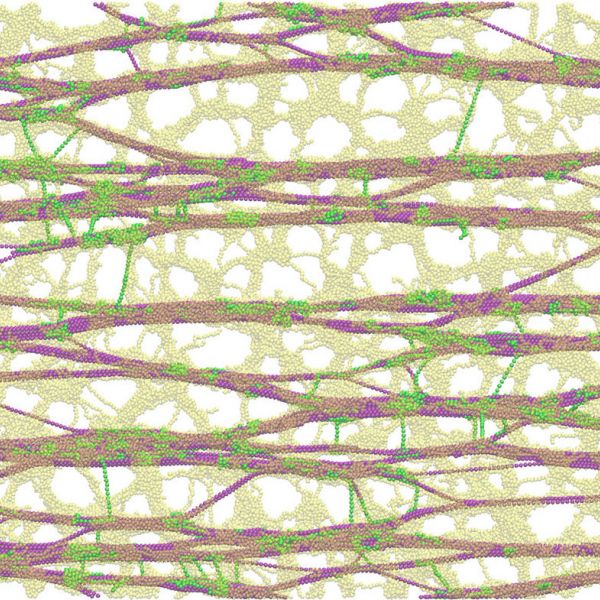
May 17, 2021
What makes plant cell walls both strong and extensible?
A plant cell wall’s unique ability to expand without weakening or breaking — a quality required for plant growth — is due to the movement of its cellulose skeleton, according to new research that models the cell wall.
Full Article
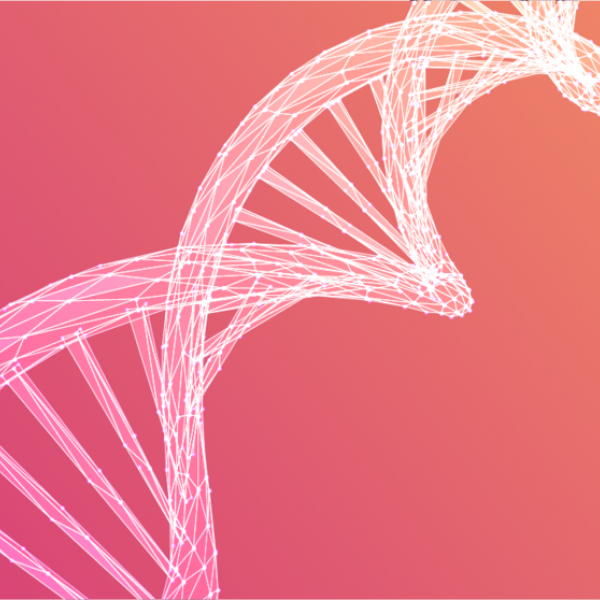
Apr 22, 2021
Bypassing broken genes
A new approach to gene editing using the CRISPR/Cas9 system bypasses disease-causing mutations in a gene, enabling treatment of genetic diseases linked to a single gene, such as cystic fibrosis, certain types of sickle cell anemia, and other rare diseases
Full Article
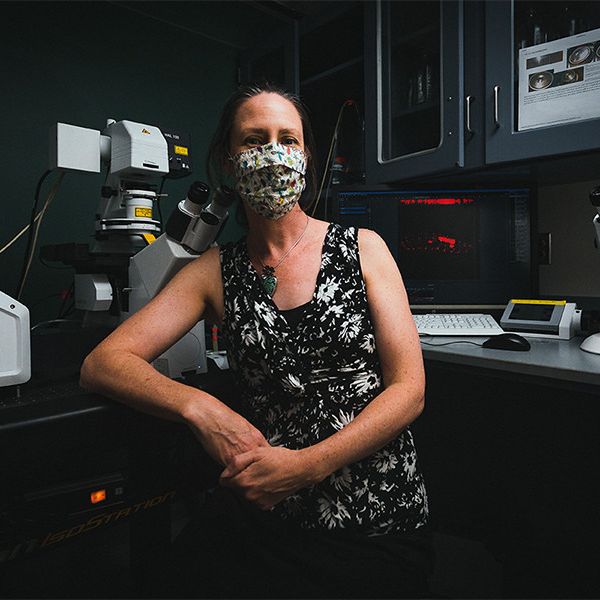
Apr 26, 2021
MCIBS head Melissa Rolls honored with 2021 Graduate Program Chair Leadership Award
Melissa Rolls, Paul Berg Professor of Biochemistry and Molecular Biology, in the Eberly College of Science, is the 2021 recipient of Penn State's Graduate School Alumni Society Graduate Program Chair Leadership Award.
Full Article

Apr 09, 2021
New position will support graduate and post-graduate training
Donna Korzick, professor of physiology and kinesiology, recently assumed a new role as director of graduate training initiatives in the Huck Institutes for the Life Sciences. In this role, Korzick is dedicating half of her time to support the application for and execution of training grants from organizations like the National Institutes of Health.
Full Article
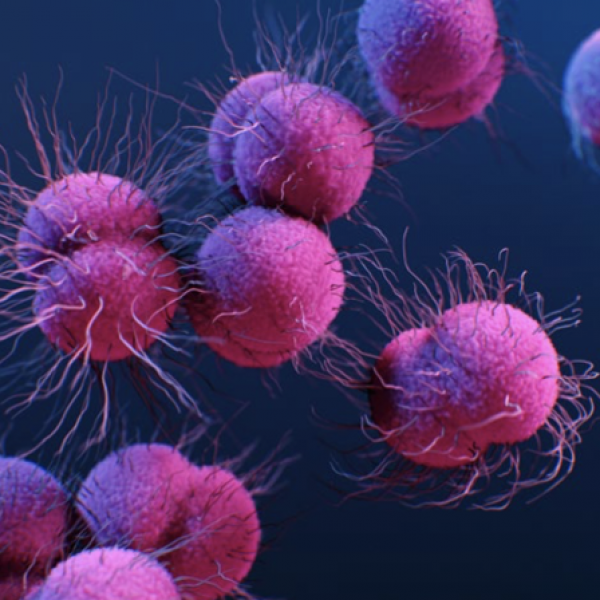
Mar 19, 2021
New antibiotic clears multi-drug resistant gonorrhea in mice in single dose
A new antibiotic compound clears infection of multi-drug resistant gonorrhea in mice in a single oral dose, according to a new study led by researchers at Penn State and Emory University.
Full Article